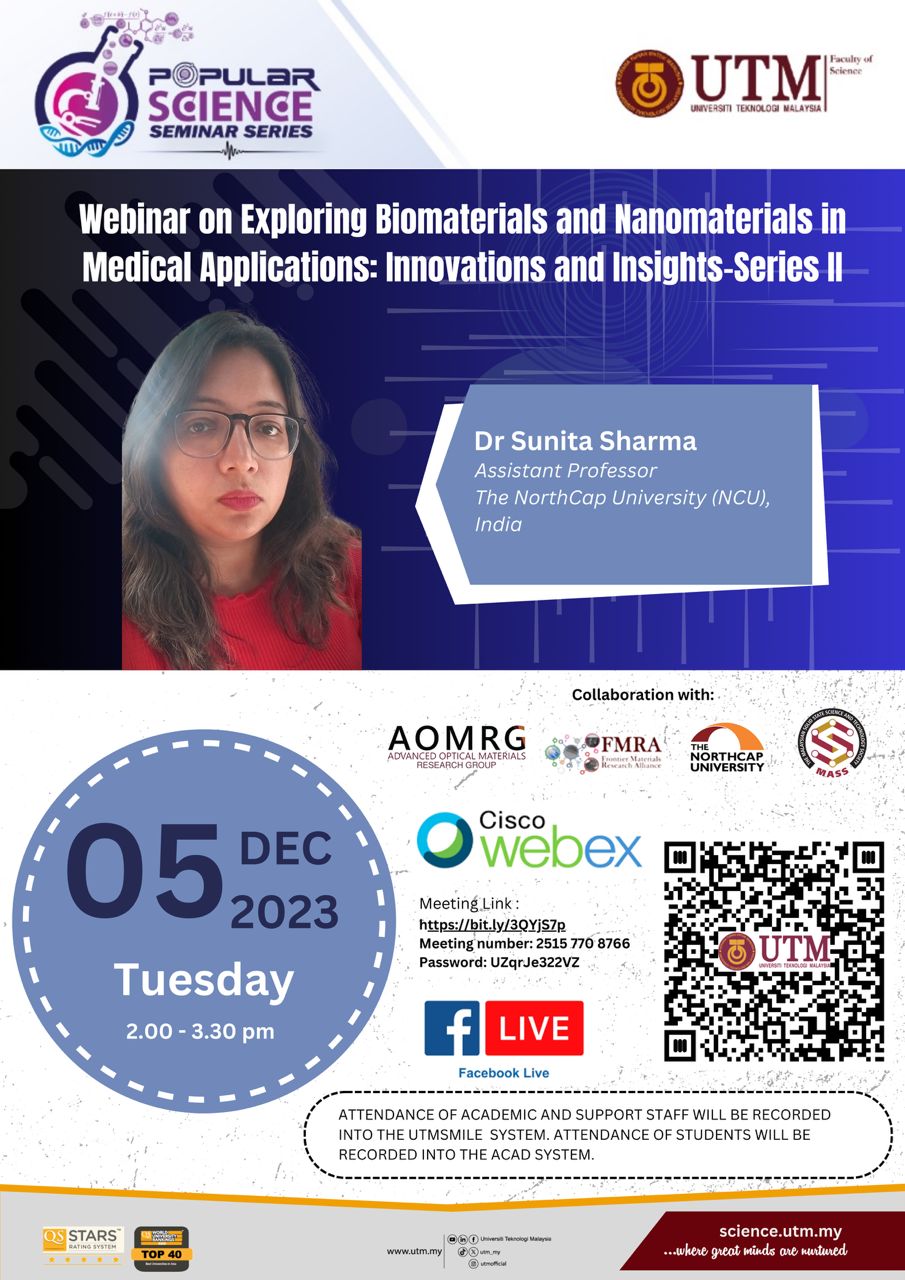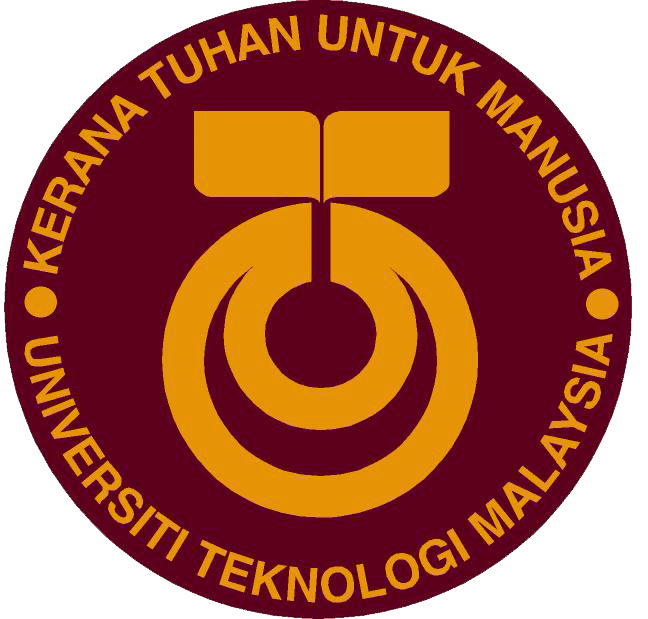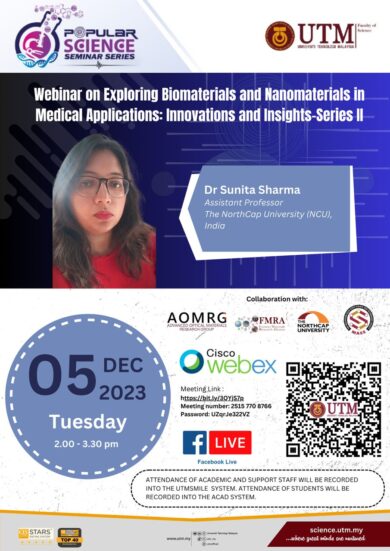
Innovations and Insights-Series II”
A webinar titled “Innovations and Insights in Biomaterials and Nanomaterials for Medical Applications – Series II” was successfully conducted on December 5, 2023, through the Webex platform and was live-streamed on the Faculty of Science’s Facebook page.
The webinar was led by Dr. Nur Hidayah Binti Ahmad and Dr. Nurhafizah Hasim, with support from the entire team at the Advanced Optical Materials Research Group (AOMRG) in the Department of Physics, Faculty of Science at the University Teknologi Malaysia (UTM). The NorthCap University (NCU), India, also played a key role as a co-organizer of the event. The webinar received significant participation from Malaysia, with 26 participants from Universiti Teknologi Malaysia and one from Universiti Sains Malaysia.
Dr. Sunita Sharma, a representative speaker from NCU, delivered a talk titled “Hydrogen Production from Biomedical Waste: A Sustainable Approach” during a webinar. The presentation discusses the potential of producing hydrogen from biomedical waste as a sustainable solution to the environmental concerns associated with healthcare waste. It explores the diverse composition of biomedical waste and highlights its richness in organic compounds for energy recovery. Additionally, hydrogen production methods, including anaerobic digestion, gasification, and plasma gasification, are outlined, emphasizing their ability to convert biomedical waste into valuable hydrogen.
Dr. Sunita also stressed the sources of biomedical waste, including waste sharps such as needles, scalpels, lancets, and other devices capable of penetrating the skin, which may be potentially contaminated whether used or unused. Biomedical waste originates from biological and medical sources and activities related to disease diagnosis, prevention, or treatment.
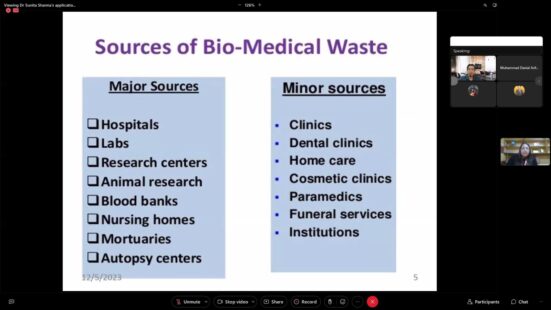
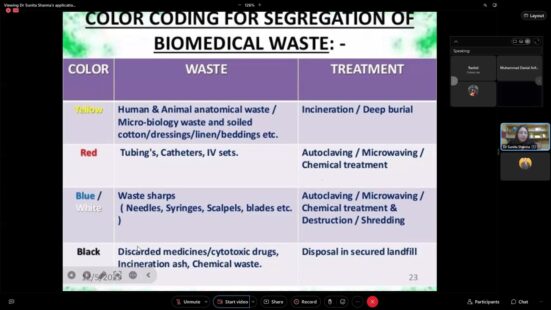
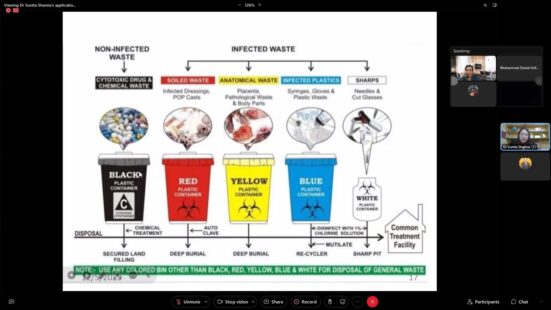
The write-up emphasizes the environmental advantages of adopting this approach, which include waste reduction, the production of a renewable energy source, and a significant decrease in the overall carbon footprint associated with traditional waste disposal methods. It also discusses the challenges that must be addressed, such as the requirement for advanced technologies, infrastructure, and a clear regulatory framework for large-scale implementation.
In conclusion, the innovative strategy of extracting hydrogen from biomedical waste helps mitigate environmental hazards and aligns with the growing demand for sustainable energy sources. The convergence of waste management and renewable energy shows promise for a cleaner and more sustainable future as technology progresses and awareness increases.
Prepared by:
Dr. Nur Hidayah Binti Ahmad and Dr. Nurhafizah Binti Hasim
Advanced Optical Materials Research Group (AOMRG)
Department of Physics, Faculty of Science, Universiti Teknologi Malaysia

